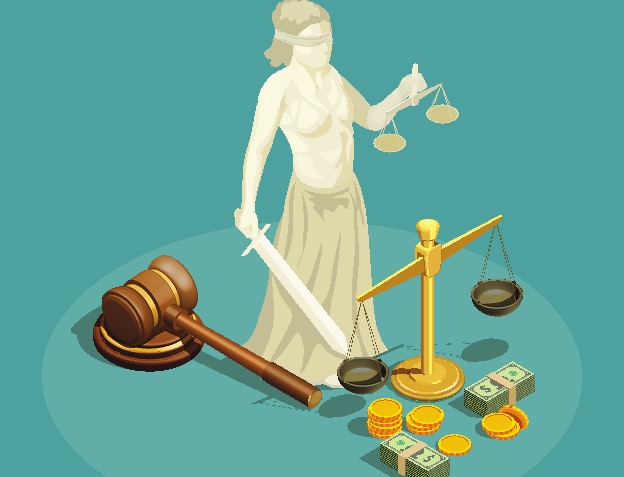
Grades 9-12
Happy EconEdMonth! Celebrate economics all month long by visiting EconEdMonth.org

Don't have an account yet? Sign up for free
Don't have an account yet? Sign up for free


Can arbitrary numbers stick in our minds and affect our decision making?
Students will participate in a trading game in which students are either a buyer or seller in a market. In this market students will be exposed to a particular number to serve as an anchor. The goal is to see if the students who are the sellers were able to get a higher price from the students with the higher anchor than the students with the lower anchor. This activity will be an introduction to analyze and discuss one of the most powerful tools for negotiation and a widely discussed topic in behavioral economics.
The anchoring effect is one of the most robust topics studied in behavioral economics. We tend to rely quite heavily on the first piece of information to which we are exposed. This information becomes a reference point for all subsequent decisions that we make. The challenge is questioning the first piece of information to see if it is in our best interest to stick with it.
When making a large purchase such as a car, we immediately have a reference point by looking at the sticker price. In making the final decision on the price to pay, the reference point is a significant influence. Paying below the reference point feels good for consumers. Getting caught up in where they stand relative to the anchor can divert consumer attention away from how much they are really paying. What is being saved in cost might not be as relevant as what is being spent.
Even random anchorscan influence decisions! Many experiments have shown that the simple exposure to a random number can induce individuals to provide estimates that are biased towards the initial (random) number. In some of these experiments, when subjects are asked if they believe the random anchor played a role in an estimate or value they were asked to place on something, they will state that it did not—even when the data suggests that it did. These experiments document a cognitive bias called anchoring. The evidence shows that those exposed to higher anchors produced a higher estimate or value, and those exposed to lower anchors produced a lower estimate or value. Understanding how anchors can influence our behavior can help us make better economic decisions.
Behavioral Economics concepts in this Lesson: System 1 and System 2, Econs versus Humans, Reference point
Extension activity not available.

Grades 9-12


Grades 9-12

Grades 9-12
